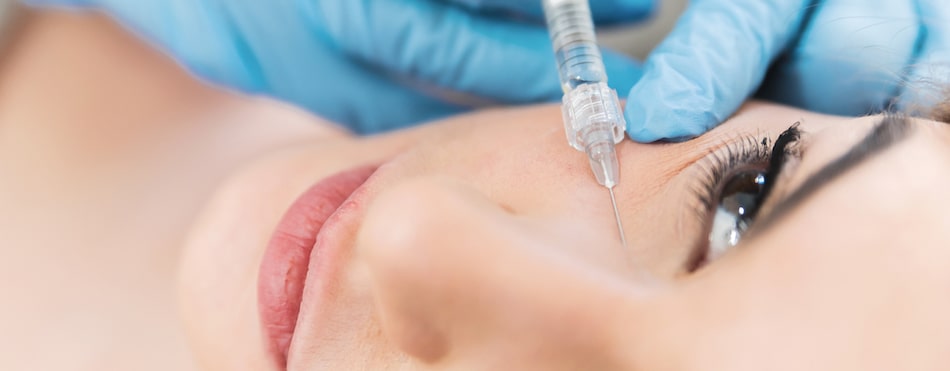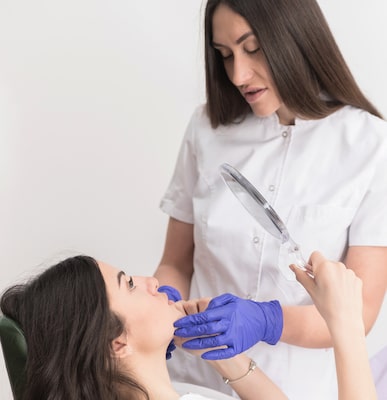
The face can start to show signs of aging such as lines, creases, and a loss of volume as a person gets older. Fillers are able to add volume that has been lost and smooth the appearance of the face by diminishing the appearance of fine lines. In addition, filler can give a better definition to the jawline and provide a plump and youthful look to the lips. If you want to know more about the changes to your appearance that can be created using fillers, we have the questions you need to ask your doctor to get the desired information.
 One of the first questions you likely want to ask is how much filler you will need to achieve your desired look. This is hard to answer on your own as the amount of facial fillers that is needed is determined by the doctor. The chances of you being able to visualize the amount of filler that needs to be injected is rather small unless you are a medical professional.
One of the first questions you likely want to ask is how much filler you will need to achieve your desired look. This is hard to answer on your own as the amount of facial fillers that is needed is determined by the doctor. The chances of you being able to visualize the amount of filler that needs to be injected is rather small unless you are a medical professional.
However, once you explain your goals when it comes to filler to your practitioner, they will be able to examine the current condition of your face and tell you how much filler you need to achieve the desired enhancements to your face. It has been reported by some medical professionals that the average amount of filler needed per treated area is one syringe per area. However, it should be noted that the needs of each patient are different. The amount of filler that is needed depends on the condition of the current facial features as well as the desired shape to the treated area after the injection(s). In general, the more changes you want, the more filler you will need to achieve your goal. In addition, areas such as the jawline and cheeks often need a heavy amount of contouring to make changes to their appearance. It is best to start slow so you have the opportunity to add more filler later instead of injecting too much at the beginning and then having to wait for that filler to be absorbed by the body before you can inject additional filler.
The second question you might to ask concerns whether a needle or cannula will be used during the treatment. When the word “injectable” is mentioned, you likely think of a needle being used for a treatment. There are some doctors who use a cannula to place the filler in the targeted area because it can go deeper into the skin than a needle and it only needs to be inserted once. This makes a cannula an ideal choice for treating deep wrinkles or creating the look of a sharp line on the jawline. However, it is not an ideal option for smaller areas where you want results that are more subtle in appearance.
One of the pressing questions you likely have in mind is how safe the procedure is and if there any side effects you should know about in advance. Just like many other cosmetic procedures, there are some risks involved in having fillers placed in the face. Thankfully, the risk is quite small in the hands of an experienced medical professional. A doctor who Is properly trained and experienced in placing injections in the face is aware of the anatomy of the face and can safely place the injections. The side effects to know about are minimal and they include bruising and swelling that typically only last for a few days.
One of the most important questions to be answered is knowing how long the results of the fillers will last. The answer is different for everyone because the body absorbs the filler at a different rate for each person. Plus, the length of the results also depends on the type of filler that was injected as well as the amount of the filler. The metabolism of each patient is different so you might enjoy results that last for six to eight months while others might enjoy results that last up to a year (or more). Either way, the results from fillers are not permanent so you will need to have a follow-up treatment at some point in the future.
When it comes to fillers, the maintenance of the results does not require too much on your part. Be sure are let your doctor know in advance if you take any medications such as blood thinners (like aspirin) so you can reduce the chances of bruising.
Once the filler has been placed in the face, take it easy for the first 24 hours after the treatment. You should also avoid having a laser treatment in the treated area for about a month. If you follow these steps, your facial fillers will last longer, and the results will likely gain their optimum look while also giving you a rejuvenated look.
- MA